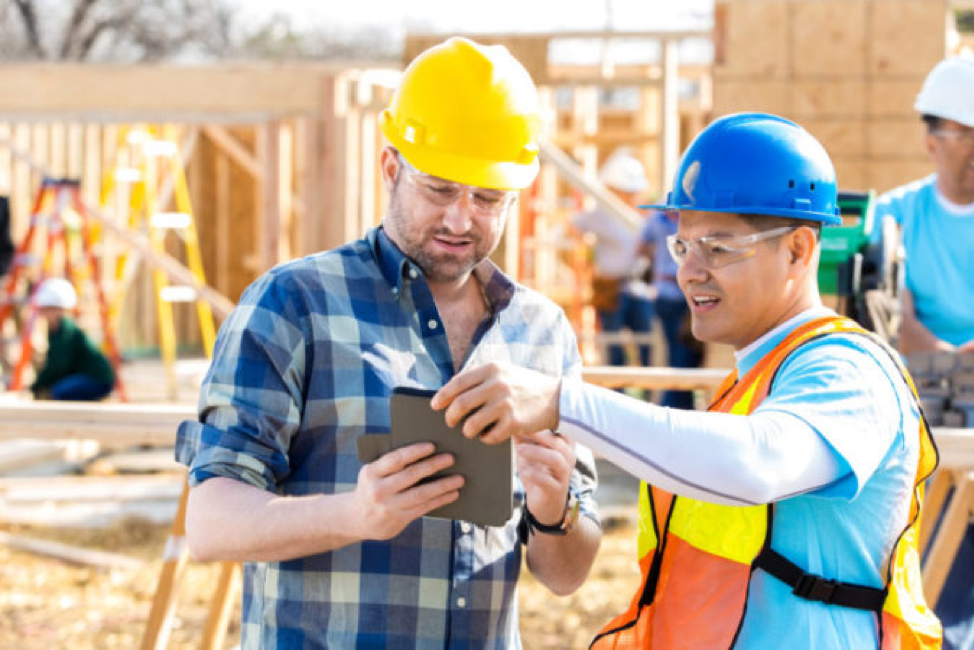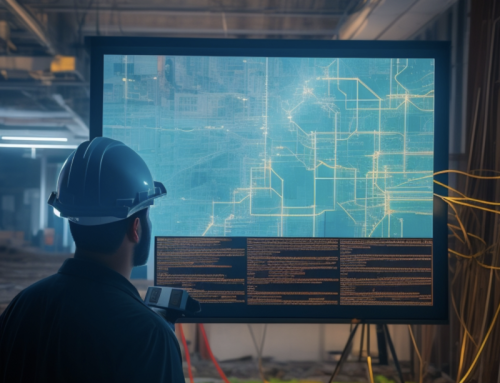Real Proof of Improved Daily Safety Planning
July 13, 2018/by Barry Nelson
A customer just shared with us living, breathing, proof of a virtuous safety improvement process. To say that we’re giddy would be a massive understatement.
But before I explain why, the phrase ‘virtuous safety improvement process’ is quite a mouthful, so let’s take a second to define and get on the same page.
Understanding Virtuous Safety Improvement Processes
Essentially, a virtuous safety improvement process is where one positive action, or decision, leads into another positive action. Ideally, these processes should happen naturally with minimal outside influence.
For example: When you buy a cup of coffee for someone standing in line behind you at Starbucks, and then they become inspired to do something nice for someone else.
When it comes to virtuous actions regarding good safety behaviors, one can think of this as a positive safety chain-reaction.
The Difficulty with Virtuous Processes
I have made many, many, talks over the years talking about virtuous cycle in safety. They sound great when presented in theory, but when tried through processes such as daily pre-task planning and Job Hazard Analyses (JHAs), they often don’t actually “chain react” or inspire action like we want them to.
This is because people are complex, and situations are dynamic. Good intentions, and even good processes, don’t always work out like we anticipate. Plus, to make matters more difficult, positive actions are hard to record or even notice in the real world when they do happen.
So how do we know that action X is related to action Y without some sort of reliable verification?
Real Change in Engagement with Those Closest to the Work
This problem is why we’re so proud, and very excited, about what Jeff Karcher, Lane Smith, and their crew accomplished over a six-week period on a construction project in Austin, Texas.
Jeff is a foreman for a mechanical contractor. He was asked by Lane Smith, his safety leader, to record a 60-second snippet of his daily safety planning conversations. In other words, record video of what he said to his team as they went over their JHA.
The first video showed him talking to his guys who were not really paying much attention. If you look at, it probably seems pretty familiar. The session lasted about only 15 seconds—and putting it politely—folks were not acting particularly engaged. Next, Lane and Jeff went over the video and had a quick brainstorm that took maybe 15 minutes on how to improve the conversation.
Here’s where things get interesting.
Fast forward six weeks later and looking at Jeff’s latest video, you’ll notice now he doesn’t speak. Instead, his team takes the reigns. Now, a pipefitter on his crew, talks about her thoughts on how to safely proceed with the day’s work while the rest of the team listens attentively and chimes in with their own helpful comments.
You can see how they are engaged, are actively contributing, and are much more likely to remember and follow through with good safety practices. This crew’s expectation of themselves, and their daily safety planning conversations has obviously changed for the better.
This, my friends, is technology aiding and improving safety in a real way. A tangible example of positive change through a virtuous safety improvement process.
To Summarize
These guys wanted to improve daily engagement to create a safer work environment. They decided to capture their JHA processes so they could get feedback, then responded to the feedback, and from this they fostered significantly more engagement from their team.
As result, their team, and those that work around them, are safer. More engagement, more switched on, and more aware equals better odds in terms of coming home with all your parts and pieces.
There is no technology magic here, or complicated methods. They are using a mobile phone and the standard camera it comes with. We only helped them gain the confidence and frame the context they needed to create an environment where it was easy to improve safety engagement. Better yet, this took even less effort than filling out an almost useless paper or electronic form.
Yes, I just said your form—while well intended—is likely nearly useless. Sue me.
Improving your own Safety Process
Virtuous positive safety cycles are real, and within your reach.
If you want proof, let me show it to you (just shoot a quick message to barryn@factorlab.com or contact us here). It will take about two minutes. Afterward, you could be kicking off these virtuous cycles within your own team, and wouldn’t that be a great thing for everyone involved?






